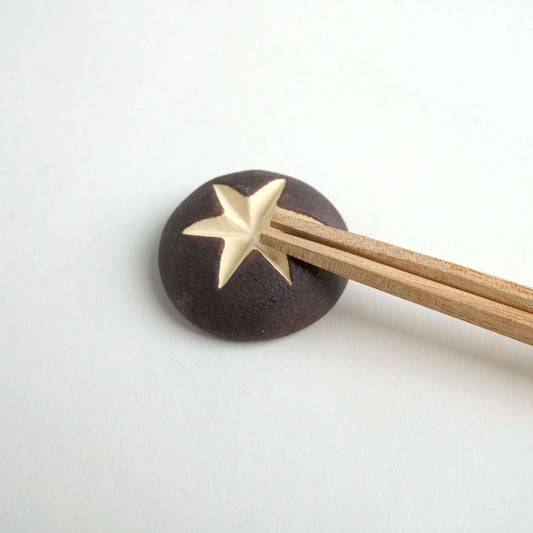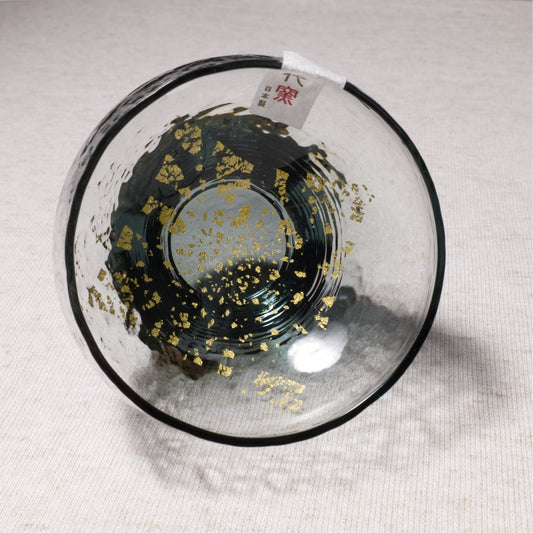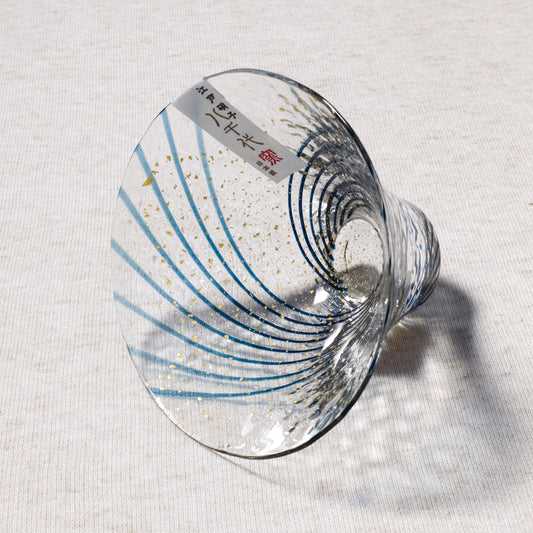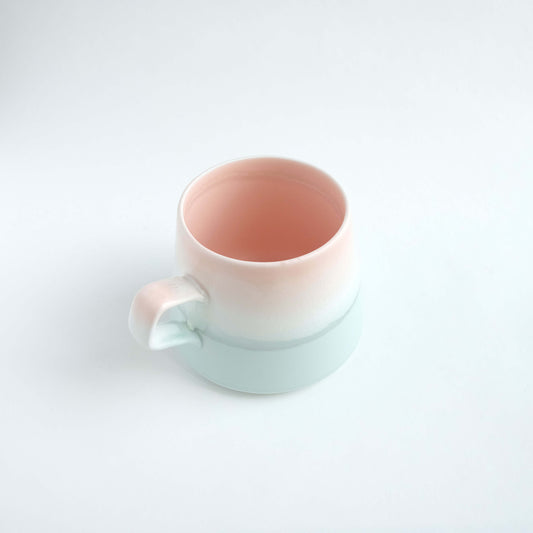
Celebrating Hinamatsuri: A Guide to Japan's Girls' Day Festival
Share
Japan's Hinamatsuri, also known as Doll’s Day or Girls’ Day, is celebrated every March 3rd. It’s a day dedicated to wishing for the happiness and well-being of every girl in the family, offering a delightful peek into Japanese culture and traditions. Discover the beauty and symbolism of this special day.
The Significance of Hina Dolls
At the heart of Hinamatsuri is the beautiful display of ornamental dolls. Families carefully arrange these ornamental dolls on a tiered stand, showcasing figures dressed in traditional Heian-period attire. These dolls represent the emperor, empress, and their court, along with other figures such as guardians or musicians.

Typically set up by mid-February and taken down on the evening of March 3rd, this Hinamatsuri doll display is a cherished tradition that plays a significant role in the festival's celebrations.
Traditional Hinamatsuri Food: A Culinary Celebration
Another charming aspect of the festival is the festive food and sweets enjoyed during this time.
Chirashi Sushi: A Colorful Wish for Health
During Hinamatsuri, families enjoy a variety of symbolic dishes, including the colorful and delicious chirashi sushi. Its colorful ingredients are not only visually appealing; they also carry symbolic meanings. Sweet prawns, a popular chirashi sushi ingredient, symbolize a wish for a long and healthy life. The lotus root, with its intricate pattern, represents prosperity and abundance.

Featured Tableware: Rinka Plates
Clam Soup: Symbol of a Happy Union
Traditionally, clam soup is prepared on this day because the way the two shells fit symbolizes a loving and inseparable couple, reflecting the wish for young girls to experience happy, fulfilling relationships in the future.

Hishi Mochi: Layers of Spring
Hishi mochi is a three-layered, diamond-shaped rice cake often eaten at Hinamatsuri. The three layers depict the transition from winter to spring: green represents fresh new leaves, white symbolizes winter snow, and pink stands for the peach blossoms that herald the arrival of spring. The pink color specifically is also believed to ward off evil spirits.

An alternative option for dessert is Daifuku. The pink color is perfect for welcoming spring.

Featured Tableware: Mizuhiki Dessert Fork
Hinamatsuri: A Legacy of Love and Support
Hinamatsuri tradition reflects the long-standing wish of parents for their daughters' healthy lives and bright futures. In the spirit of Girls’ Day, families have long celebrated achievements and offered unwavering support through every challenge. Just as families set up the hina doll display and prepare symbolic meals, today's parents continue to nurture their daughters with enduring love and optimism.









